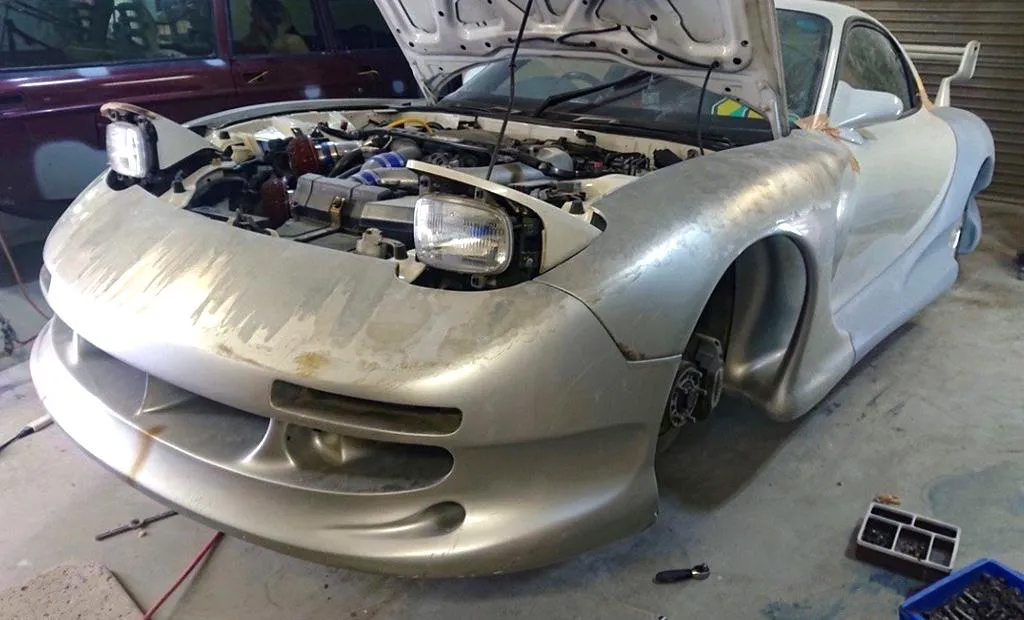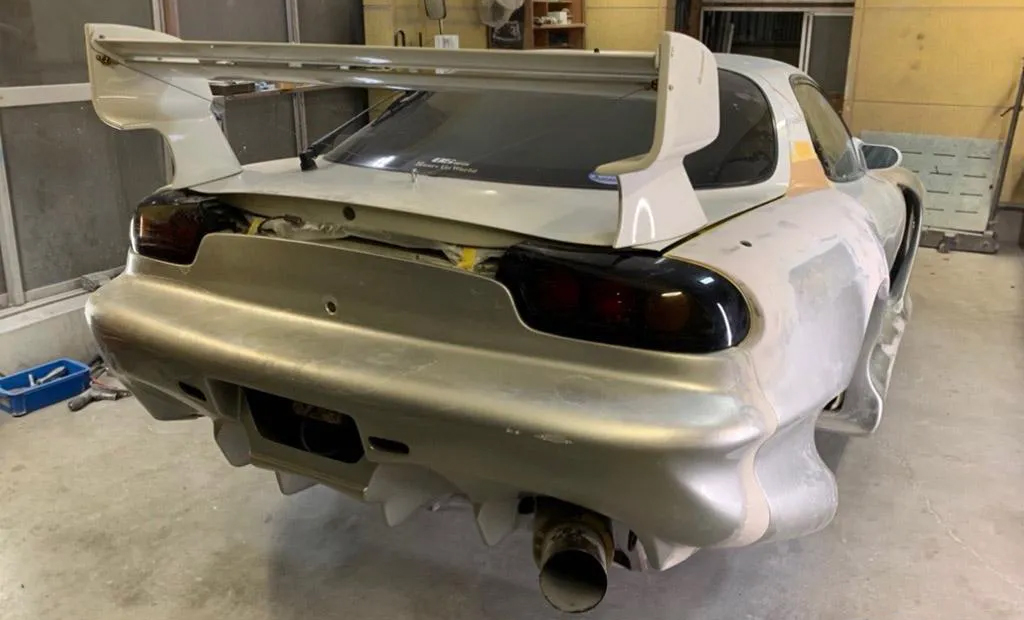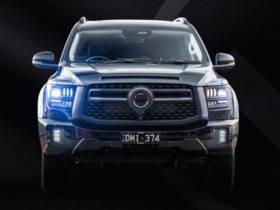At the height of the bubble economy, Japan was unlike anything else on the planet: the city’s skyline shone with the promise of limitless prosperity, and its streets pulsed with the electrical energy of a country on the cusp of an unprecedented future .
For many, Tokyo represents that golden age – a city transformed by an explosion of population, infrastructure and innovation in the ’70s, ’80s and ’90s. And nothing epitomizes the bubble era quite like Akihabara Electric Town. It is the essence of Japan’s leap to global dominance in electronics manufacturing.
I’ve been wanting to shoot in this neon-drenched corner of Akihabara ever since I saw Mark’s photos of Junya-san’s 2018 WRC Impreza. When I started talking to the owner of this FD3S, Ayato-san, I knew this was the perfect car for the job.

The streets of Electric Town are lined with sprawling electronics megastores and gaming arcades. Outside, cosplay girls tout services both innocent and questionable – a reflection of Japan’s outward modesty that masks a devilish culture behind closed doors.

I remember my first visit to Akihabara – leaving the JR station was an overwhelming sensory experience. The streets were buzzing with energy and J-Pop pumped out of every store with an inexplicable politeness. Despite living here for five years, I hadn’t been back to Electric Town since that first visit. This time – on Sunday at 9pm – it felt calmer. Friday nights may be livelier, but something was off: it seemed like the party was over. After all, it is 2024 and Japan’s economic bubble has been deflating for over thirty years.

Which car could suit this location? It should scream ‘peak Japan’. A Skyline GT-R? A Toyota Supra? Too obvious. Yes, the GT-R is the epitome of Japanese automotive design and mechanical excellence, but its iconic status worldwide has also made it a bit… vanilla. It’s still Japanese through and through, but that’s no longer typically the case.
For me, the FD3S Mazda RX-7 is the real Japanese sports car.

Compact, beautiful, with a timeless design and an innovative (if slightly crazy) rotary motor – it’s like nothing else on the planet. And Ayato-san’s RX-7 is a hit. It perfectly reflects Japan’s rise and fall as the most futuristic, eccentric and advanced automotive industry of its time.

The base car is a Series 6 Type RZ, one of only 175 ever made, and Ayato-san is the second owner. But what really sets this rare FD apart is the body kit it wears.

This is the 97GT wide-body kit designed by RE Amemiya for the 1997 Tokyo Auto Salon FD3S demo car (photo above). Only two kits were made before it was deemed too expensive for mass production. We don’t know where the demo car was, but it was either reused or scrapped, so Ayato-san’s 97GT kit is probably the only surviving example.

The RE Amemiya 97GT demonstrator featured a naturally aspirated three-rotor 20B engine with peripheral ports with MoTeC management, backed by a 6-speed Supra transmission. Ayato-san’s car is still powered by the original 13B-REW engine. However, it now has a bridge port and has traded in its twin sequential turbochargers for a large single HKS GTIII-4R. It handles 400 horsepower just fine, and the titanium exhaust system, made by RE Amemiya in collaboration with Ito Syokai, ensures that the ported pulse is heard loud and clear.


I’m not sure if it was Ayato-san’s neo-Gothic aesthetic that influenced me, but as soon as I saw his car parked in Electric Town I couldn’t help but think of HR Giger’s designs for Stranger. The sculpted rear bumper and organic curves of the fender recesses resemble the armored body of an alien insect from a distant galaxy.

Where did Ayato-san find this rare piece of Japanese voting history? Yahoo! Auctions Japan, Naturally. The outfitted RX-7 was covered in moss and ready for the scrap heap, but Ayato-san took a chance, hoping that a garage could successfully restore and refit the 97GT aero to his newly purchased Type RZ .

Ultimately, the specialist work was carried out by Matsuda Car Body. The kit required some fiberglass repair, but care was taken not to alter the original shape.

Originally, Ayato-san used the original kit rear wing and the same 17-inch RE Amemiya AW-7 wheels as on the demo car, but he has since changed the look with a few contemporary touches. The FD rides on Desmond RegaMaster EVO II wheels – 18×10 inches +15 all around – while the front bumper is fitted with a carbon fiber splitter and canards. The gigantic rear wing is still a RE Amemiya piece, but this time of GT300 design.

I often wonder what Japan would be like today if the economy had continued on its futuristic trajectory after 1991. If you had asked a tourist in 1990 what Akihabara Electric Town might look like in 2024, they would probably have described something from history. Blade Runner 2049. But the truth is that Japan reached its peak in the 1990s and things haven’t changed as drastically as we might have hoped. ASIMO now looks like a Tamagotchi compared to the humanoids being built by Boston Dynamics.

The geo-economy is beyond our control, and Japanese auto giants like Mazda, Subaru, Toyota and Nissan are at their mercy. We can’t change the past, but we can keep driving it – just like Ayato-san does with his 97GT Mazda RX-7.
Toby Thyer
Instagram _tobinsta_
tobythyer.co.uk
Mazda RX-7 related stories on Speedhunters

























Leave a Reply